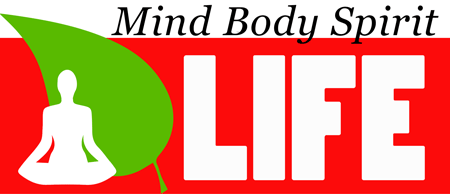9 Aspects to Daydreaming in Emotional and Physical Healing

Daydreaming has long been dismissed as an idle distraction, an escape from reality that serves no real purpose. However, emerging research suggests that daydreaming plays a vital role in emotional and physical healing. Whether consciously or unconsciously, the mind’s ability to wander fosters resilience, reduces stress, and promotes recovery from trauma and illness. Understanding how daydreaming contributes to healing can encourage us to embrace it as a valuable and intentional practice rather than a waste of time.
The Science of Daydreaming
Daydreaming, or mind-wandering, occurs when our brain shifts focus away from external tasks and engages in internal thought processes. Neuroscientists have identified the Default Mode Network (DMN) as the primary brain system responsible for daydreaming. The DMN is activated when we are at rest, engaged in introspection, or recalling memories. This cognitive state allows the brain to process complex emotions, consolidate memories, and foster creative problem-solving.
Emotional Healing Through Daydreaming
- Processing Trauma and Grief
Daydreaming provides a safe mental space where individuals can revisit past events, make sense of difficult emotions, and reframe their narratives. For those dealing with trauma or grief, constructive daydreaming can help integrate painful experiences into their overall life story, making the emotional burden easier to bear.
- Reducing Stress and Anxiety
When we daydream, we often engage in positive visualization, imagining scenarios that bring us comfort or joy. These mental escapades stimulate the release of dopamine, the neurotransmitter associated with pleasure and reward, helping to alleviate stress and anxiety. Guided imagery, a form of directed daydreaming, is frequently used in therapy to help individuals manage anxiety disorders and post-traumatic stress disorder (PTSD).
- Enhancing Emotional Resilience
By engaging in hopeful and positive daydreams, individuals cultivate resilience. Imagining overcoming obstacles or achieving personal goals fosters a sense of empowerment and self-efficacy, making it easier to face real-life challenges with confidence.
Physical Healing and the Mind-Body Connection
- The Power of Visualization in Recovery
Studies have shown that mental imagery can influence physical healing. Athletes use visualization techniques to enhance performance and speed up recovery from injuries. Similarly, patients recovering from surgery or chronic illness can benefit from imagining their bodies healing, which may boost immune function and promote faster recovery.
- Pain Management and Relaxation
Daydreaming can be a natural form of pain relief. By mentally transporting oneself to a peaceful or enjoyable setting, individuals can distract their minds from physical discomfort. This technique is often employed in hypnotherapy and mindfulness-based stress reduction programs to help patients cope with chronic pain conditions such as fibromyalgia and arthritis.
- Strengthening the Immune System
The mind-body connection is well-documented in psychoneuroimmunology, the study of how mental states influence immune function. Positive daydreaming and stress reduction techniques have been linked to lower cortisol levels and improved immune response, making the body more resilient to illness and disease.
Harnessing the Healing Power of Daydreaming
- Intentional Visualization
Rather than allowing the mind to wander aimlessly, intentional visualization can enhance the benefits of daydreaming. Setting aside time each day to envision positive outcomes, personal achievements, or physical recovery can train the brain to focus on healing and growth.
- Journaling and Creative Expression
Writing down daydreams, whether as narratives, poetry, or artwork, can deepen their therapeutic effects. Journaling allows individuals to explore emotions more consciously and gain insight into recurring themes that may be essential for their healing journey.
- Mindful Daydreaming
Practicing mindful daydreaming involves being aware of where the mind drifts and gently guiding it toward constructive and beneficial thoughts. This technique can be particularly effective for individuals who struggle with intrusive or negative thoughts, allowing them to reshape their inner dialogue in a positive way.
Far from being a mere distraction, daydreaming is a powerful tool for emotional and physical healing. It enables individuals to process trauma, manage stress, enhance resilience, and even support physical recovery. By recognizing and intentionally incorporating daydreaming into daily life, we can unlock its full potential as a natural and effective means of self-healing. Rather than discouraging daydreaming, we should embrace it as an essential aspect of mental and physical well-being.



